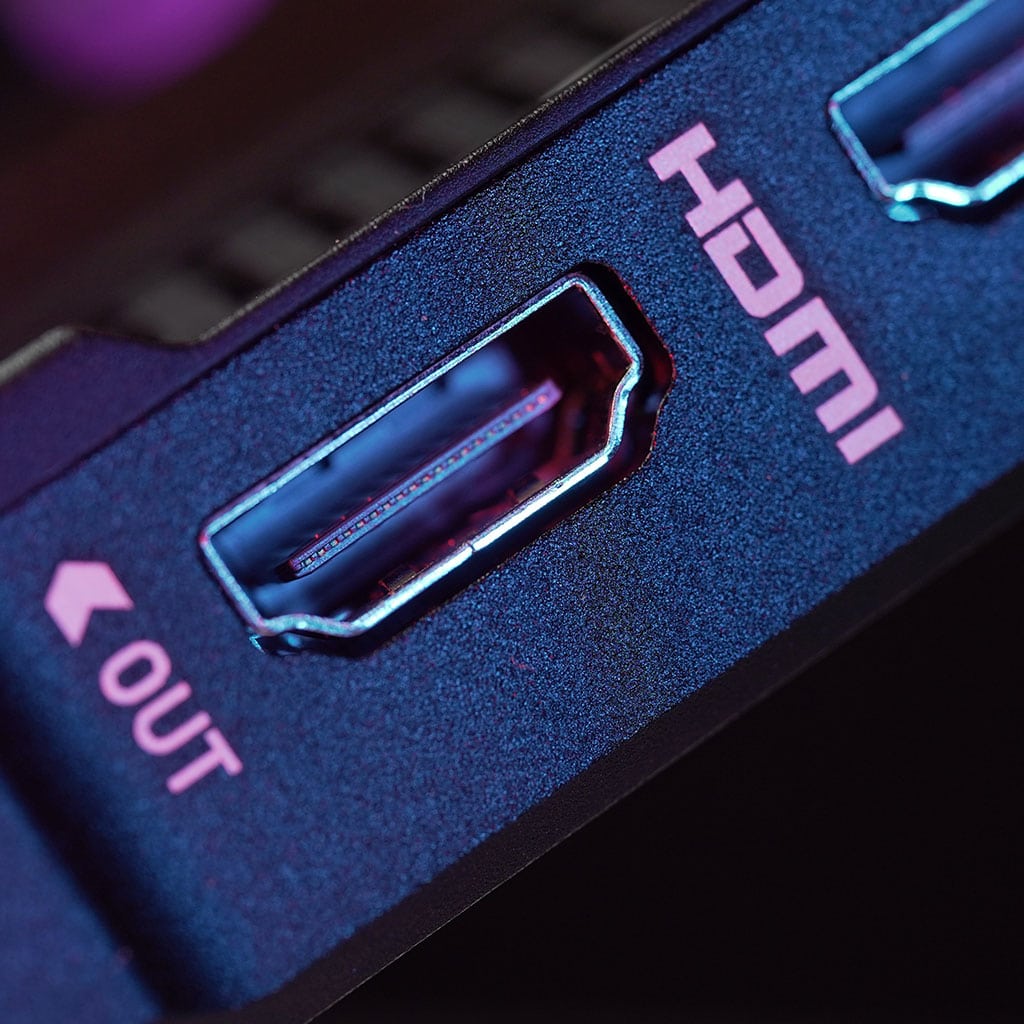Can iMac accept HDMI input
Can iMac accept HDMI input
Unlock the versatility of your iMac by discovering whether it can accept HDMI input. In this article, we’ll explore the capabilities of your iMac’s display, potential use cases, and methods to connect external devices through HDMI.
Is it possible for an iMac to embrace the power of HDMI input?
iMacs do not have a built-in HDMI input port. They are primarily designed as all-in-one desktop computers with an integrated display. However, they do offer HDMI output capabilities to connect to external monitors or TVs.
If you want to use your iMac as a display for an external HDMI source, you would typically need additional hardware, such as an HDMI capture card or an HDMI-to-DisplayPort adapter. Here’s how you can use these methods:
1. HDMI Capture Card:
- To connect an external HDMI source, like a gaming console or another computer, to your iMac, you can use an HDMI capture card. This device allows you to input HDMI from the external source and then connects to your iMac via USB or Thunderbolt.
- Once set up, the capture card essentially acts as an intermediary, displaying the HDMI input on your iMac’s screen as a windowed or fullscreen application. This allows you to use your iMac as a monitor for the external source.
2. HDMI-to-DisplayPort Adapter:
- If you have a Thunderbolt or Mini DisplayPort on your iMac, you can use an HDMI-to-DisplayPort adapter to connect an external HDMI source. This method converts the HDMI signal into a format that your iMac can accept through its Thunderbolt or Mini DisplayPort input.
- Keep in mind that this method may not be as versatile as a capture card and may have limitations in terms of resolution and refresh rate compatibility.
Please note that the specifics of hardware and compatibility may change over time, so it’s advisable to check the latest information and compatibility options based on your iMac model and requirements. Additionally, newer iMac models may have different capabilities or ports, so it’s essential to consider the specifications of your particular iMac when exploring HDMI input options.
Apple iMac Ports
The Apple iMac is an all-in-one computer featuring a built-in monitor. Unlike a standard desktop or laptop, the iMac does not offer traditional video input ports like DVI or HDMI. The 2012 model is jam-packed with connectivity options that will blow your mind! It’s got four USB 3.0 ports, two Thunderbolt ports, one SDXC card slot, Ethernet and headphone jacks, and even a fancy Mini DisplayPort for hooking up an external monitor. This Mini DisplayPort can also be used for input from other computers and devices like cameras.
In addition to these video input ports, the Apple iMac also boasts some of the latest computer components including eighth generation Intel Core processors with Turbo Boost up to 4.6GHz, Radeon Pro Vega Graphics with up to 16GB of vRAM and Thunderbolt 3 which offers transfer speeds up to 40 Gb/s. The sturdily built machine can also house up to 128GB of RAM; making it capable of handling multitasking environments and resource-hungry content creation software without breaking a sweat. All of this means that you get top-of-the line performance in an all-in-one device perfect for any workspace.
What devices can be connected to an iMac via HDMI and how can third-party solutions help?
Common external devices or sources that users might want to connect to an iMac via HDMI input include gaming consoles, Blu-ray players, digital cameras, camcorders, and even other computers. These devices often output audio and video signals through HDMI, making it a convenient choice for connecting them to an iMac. While most iMacs lack built-in HDMI input ports, users can achieve this connectivity using third-party solutions like HDMI adapters or HDMI-to-USB-C adapters.
To connect an external HDMI source to an iMac, users can employ an HDMI adapter that converts HDMI output into a format compatible with the iMac’s available ports, such as USB-C or Thunderbolt. For instance, you can use a USB-C to HDMI adapter to connect your HDMI source to the iMac’s USB-C port. Once connected, users may need to configure their iMac’s display settings to use the secondary display effectively. This includes selecting the optimal display resolution to match the iMac’s native resolution for optimal display quality. By utilizing a proper cable and display adapter, users can successfully route video signals from external devices to their iMac’s screen, expanding its functionality to serve as a secondary display for a variety of purposes.





You must be logged in to post a comment.